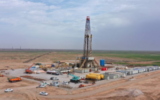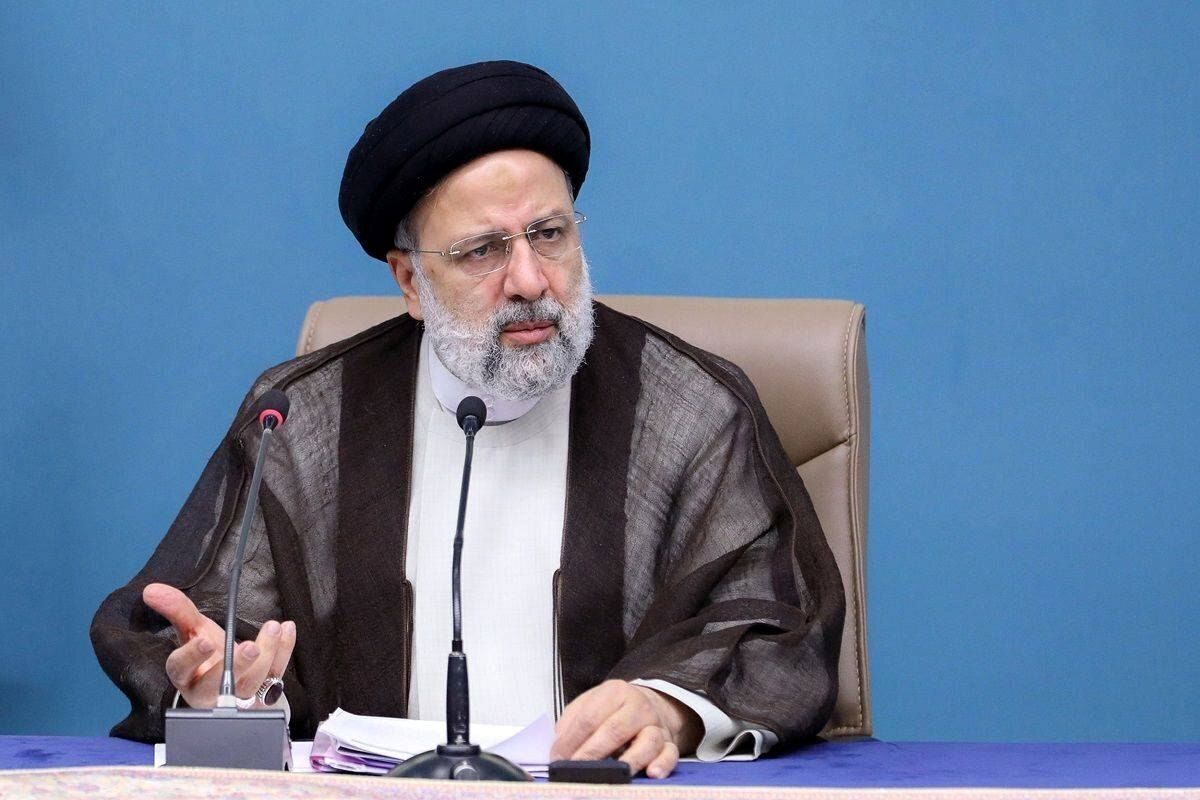
South Pars reaches operational self-sufficiency
South Pars announced that it will meet the majority of its operational needs by relying on domestic capacity and cooperation with knowledge-based companies; a path that has brought the complex to the threshold of industrial independence by localizing more than 15,000 components and creating a smart supply chain.
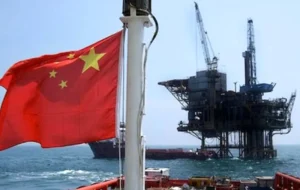
China’s oil imports from Iran increase after new quotas issued
China's independent refiners have increased their intake of Iranian crude oil after Beijing issued a new round of import quotas late last month.
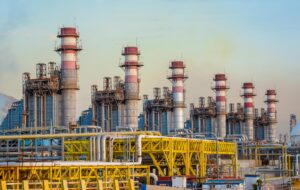
Meet Mobin Energy Persian Gulf, one of the world’s largest centralized utilities
Mobin Energy Persian Gulf Company, as one of the largest centralized utility units in the world, with an area of over 88 hectares in Phase One of the South Pars Special Economic Zone in Assaluyeh, plays a key role in providing energy and infrastructure services for petrochemical complexes.
Breaking News
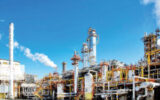
Petrochemicals victims of gas impulses; Winter is hard on the way

Oil Minister: We are looking to increase the budget of gasoline imports
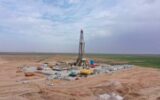
More than 5 exploration wells were delivered to operating companies

Iran’s oil production increased by 4,000 barrels

The National Petroleum Company’s focus on increasing production and collection of mobile gases

Iraqi Oil Pipeline: A new path to circumvent Iranian sanctions?

With the activation of the trigger mechanism the heavy oil discounts are on the way

Oil Minister’s response to the trigger mechanism: We’ve been living worse for many years

Refining and Distribution Company CEO warns: Energy imbalance will face dire consequences for the country


